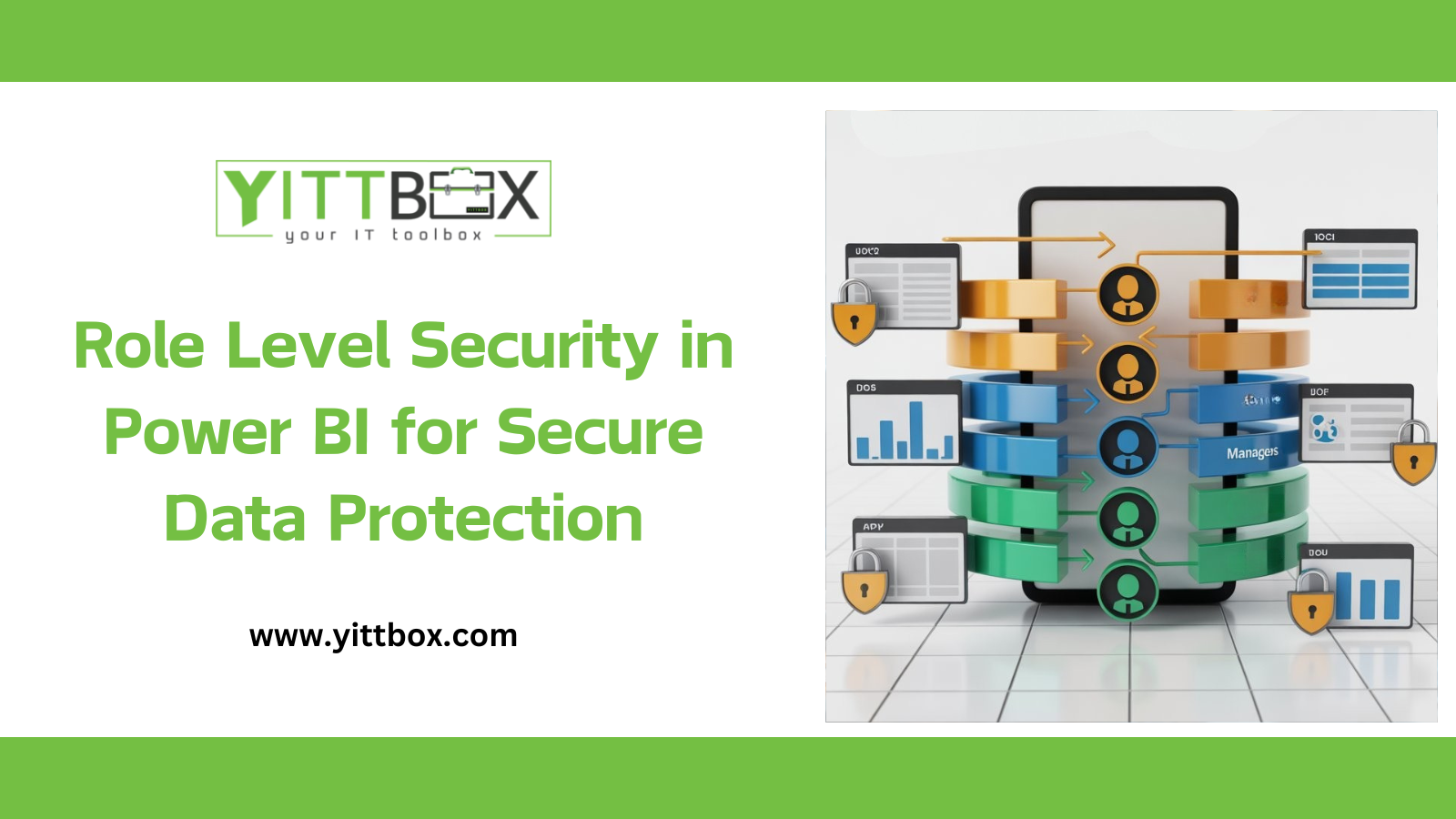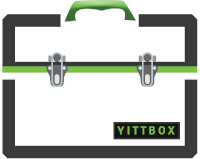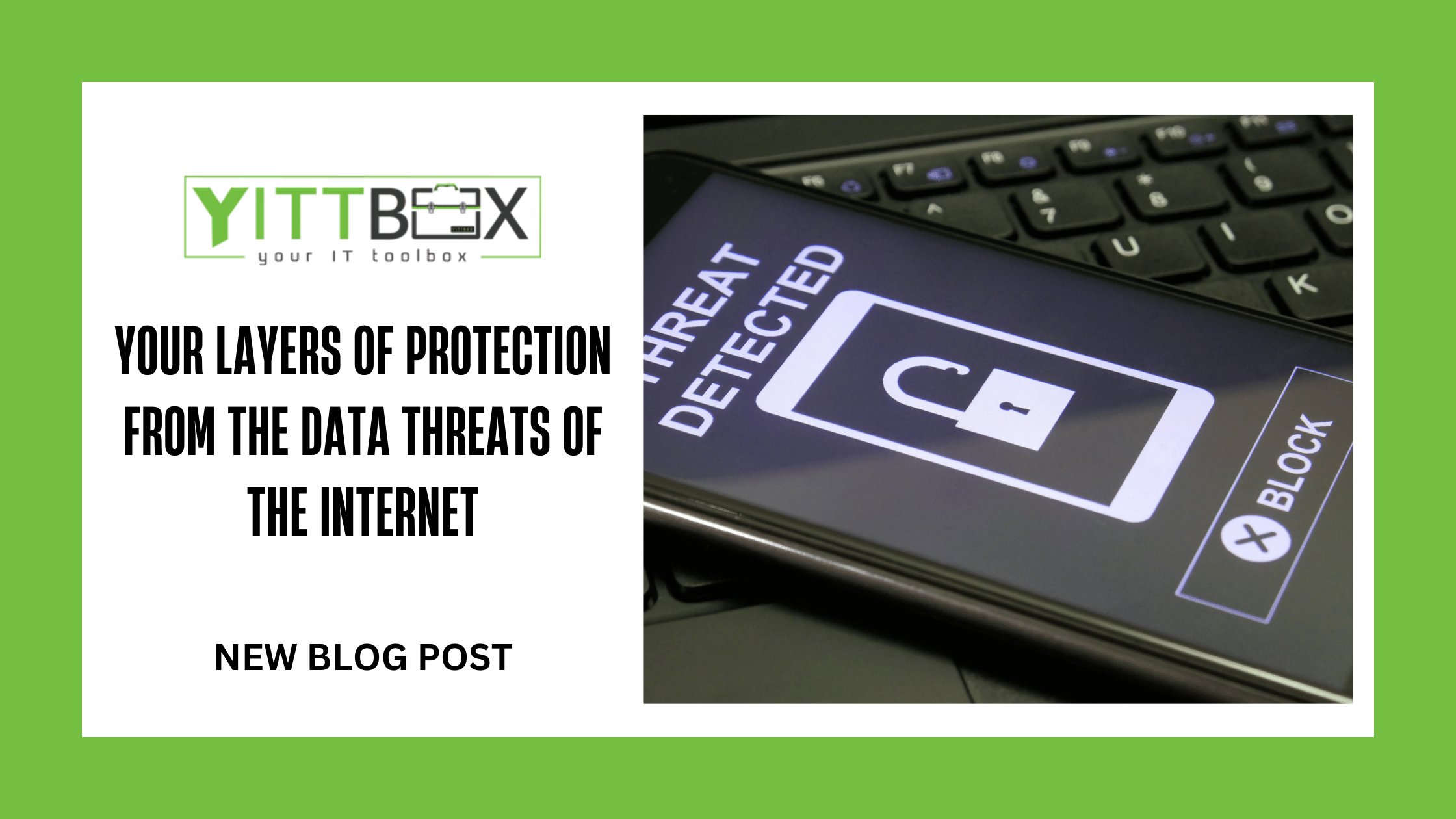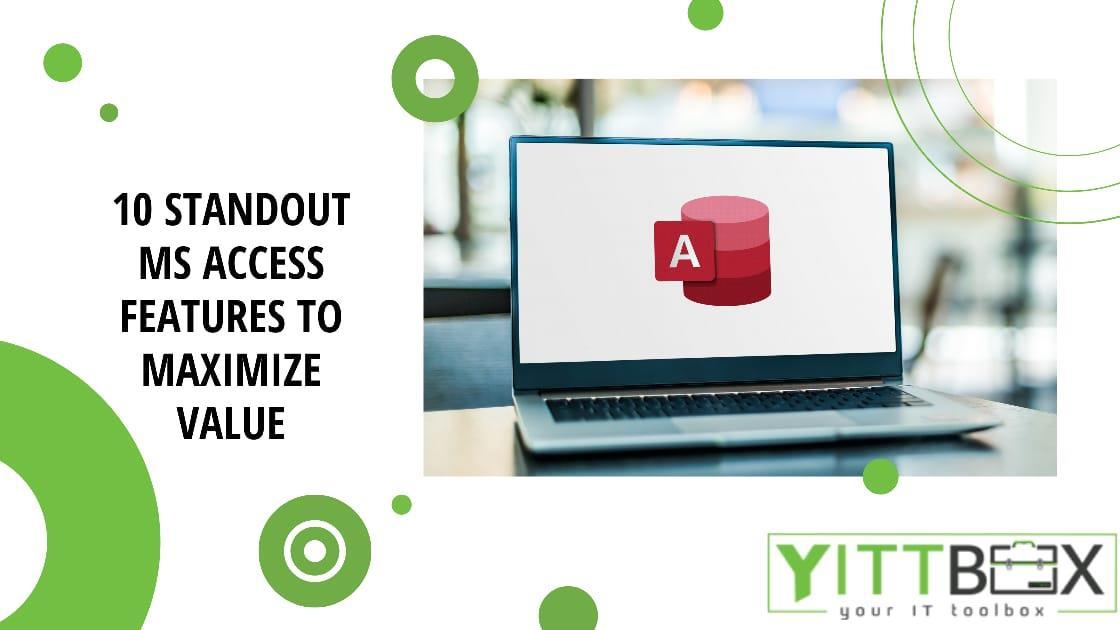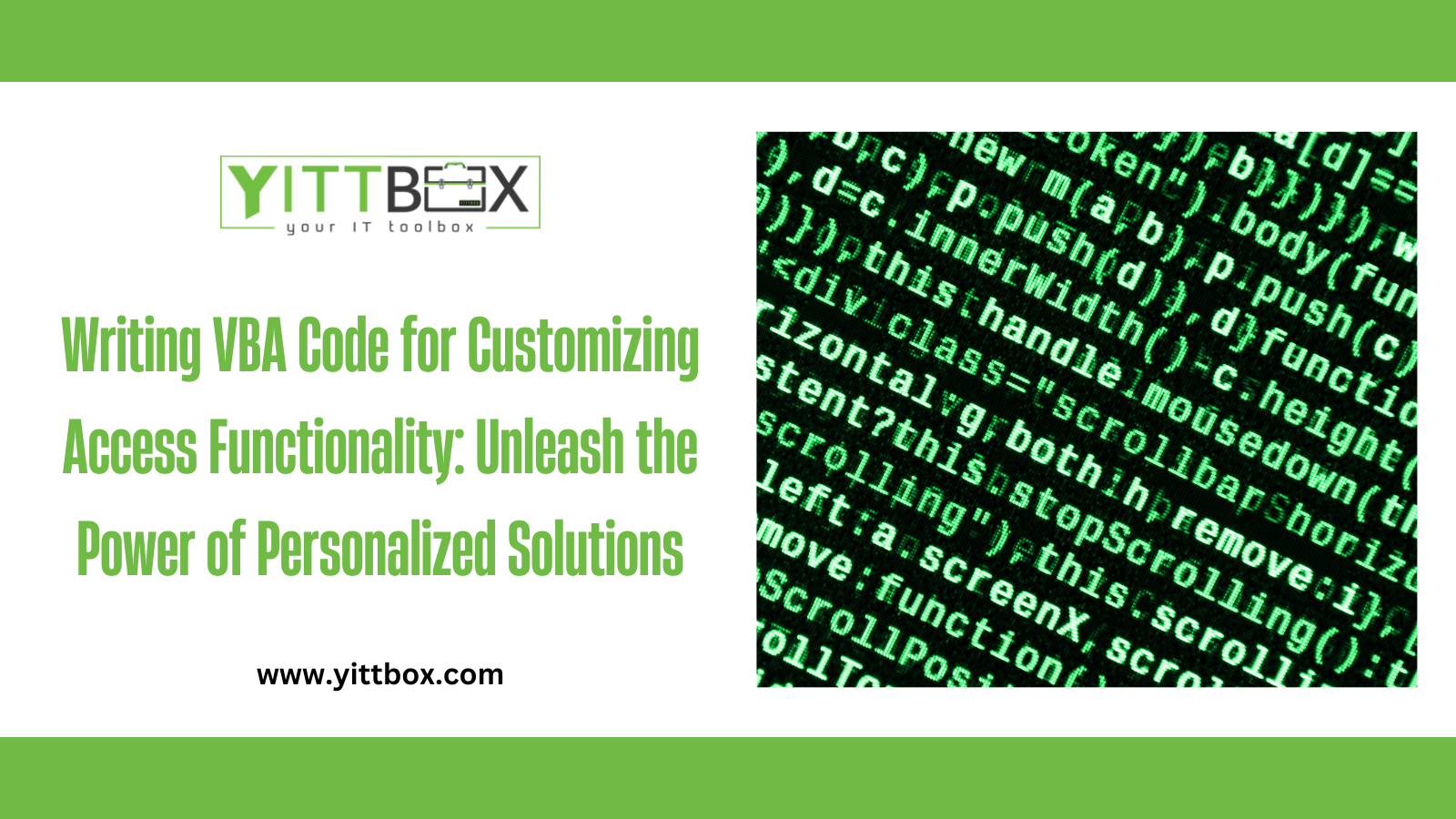Role Level Security in Power BI for Secure Data Protection
Every business today depends on data, but not everyone in the company should see everything. Some information is sensitive, some is confidential, and some is only relevant to specific teams. Power BI’s Role Level Security (RLS) tackles this exact challenge, giving people access to what they need while keeping sensitive data protected. It’s a simple, reliable way to tighten security without complicating your reporting workflow.
What Role Level Security Really Do
Role Level Security controls what each user can see inside a Power BI report. Instead of building multiple versions of the same dashboard for different teams, RLS applies filters automatically in the background. That means one report can serve everyone, but each person only sees the portion of data that fits their role. It keeps reports cleaner, easier to maintain, and safer to share across an organization.
Why Businesses Count on RLS Now More Than Ever
With data spread across departments, from finance and HR to sales and operations, the risk of exposing sensitive information is real. RLS helps prevent that by ensuring employees only view data that’s meant for them. It supports compliance needs, cuts down the chance of accidental exposure, and builds trust around how information flows inside the company. In industries like healthcare, banking, real estate, and government, this level of control is not a bonus, it’s a must.
Static vs Dynamic RLS and Why Both Matter
Power BI offers two ways to manage RLS.
1) Static RLS uses fixed filters that never change, great for small teams or simple setups.
2) Dynamic RLS, on the other hand, adjusts data view based on who’s signed in. Power BI automatically recognizes the user through functions like USERPRINCIPALNAME and applies the right filters instantly.
Dynamic RLS is a game-changer for growing companies because it keeps everything automated, accurate, and scalable without constant admin work.
How Easy It Is to Implement RLS
Setting up RLS doesn’t require special technical skills. You create roles inside Power BI Desktop, add filters to each role, publish the report, and assign users in Power BI Service. Once it’s set, RLS works quietly in the background, no disruptions, no additional work. Your reports stay fast, your visuals stay clean, and your team gets a personalized, secure view every time they open a dashboard.
RLS Stays Consistent Across the Entire Power BI Ecosystem
One of the biggest strengths of RLS is consistency. Whether your team views reports through shared dashboards, Power BI apps, mobile devices, or embedded analytics inside your own platforms, the access rules stay the same. This consistency matters for organizations that need to scale quickly without risking data leaks or permission conflicts.
Where RLS Makes the Biggest Impact
The real power of RLS shows up in everyday business scenarios, sales teams seeing only their region, HR viewing only their department’s records, agencies showing clients only their own data, or executives reviewing company-wide insights. Instead of building multiple dashboards, one report can handle everything securely. It saves hours of development time and strengthens data governance across the company.
Conclusion
Role Level Security isn’t just a security feature, it’s a smarter way to manage data access across your organization. It protects sensitive information, simplifies report sharing, and ensures every user sees only what they should. As businesses become more data-driven, RLS gives teams the confidence to work with insights securely and efficiently. It’s one of the reasons Power BI continues to be a trusted tool for companies that take data seriously.

